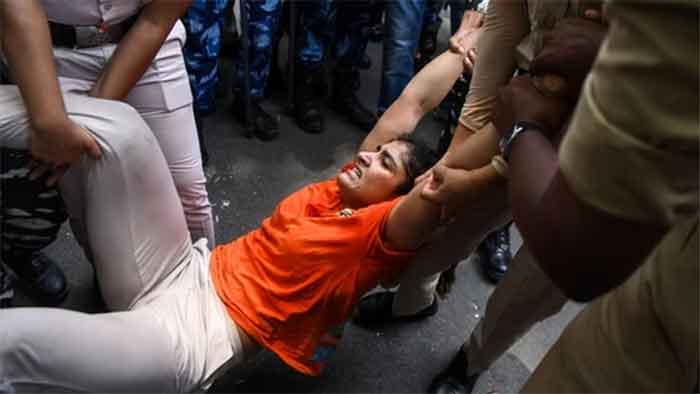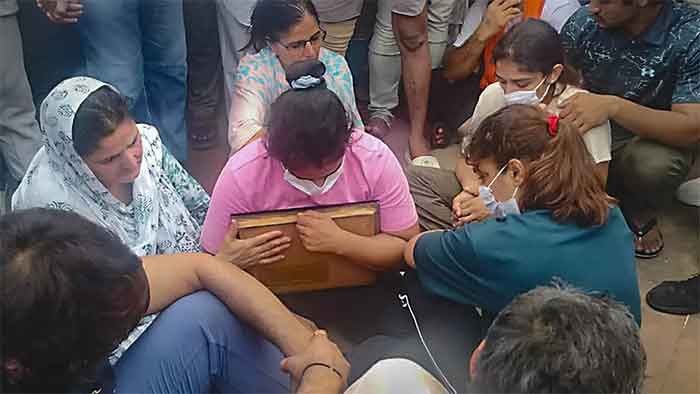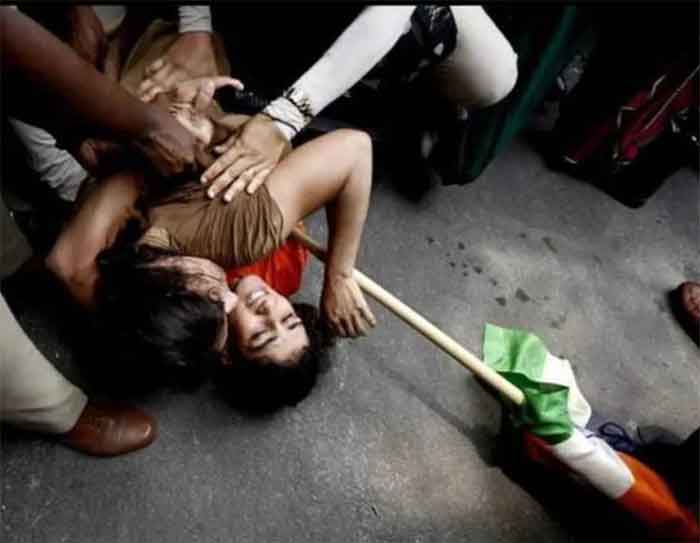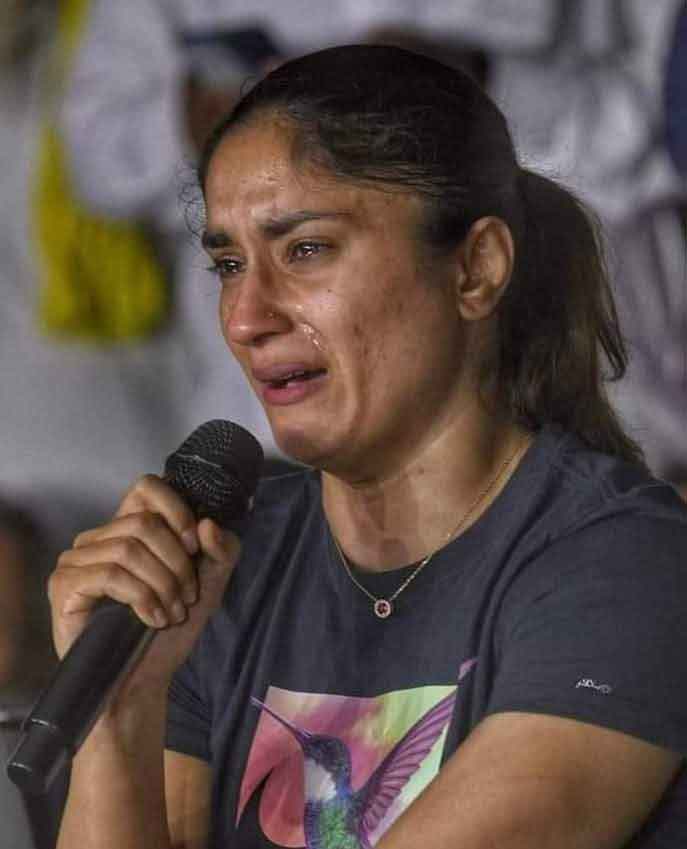They were the best times. They were the worst times. Those were the times which was divided by an India of the Raja and the Praja. One side of an India saw the march of the monarch who carried a golden senghol in his hand in the monarch’s parliament. On the other side was the Olympic champions the gold winning women wrestlers who were being forced to evict the people’s parliament in the protesting site at Jantar Mantar.
They were the blessing times. They were the thrashing times. On the one side was the golden senghol blessing the king to rule the country in a just, fair and equitable manner which for the king only meant in a manner he would like to. On the other side was the police sticks which were thrashing the wrestlers for an act which they believed they should not be indulging into which was to seek justice.
Those were the empowering times and those were the disempowering times. On the one side was the wrestling federation of India president who was being empowered and protected from being punished for indulging in criminal acts of sexual offences and terrorism. On the other side was the women wrestlers who were disempowered who despite having brought laurels for the country could not expect a justice from the Monarch. It was a declaration that the powerful are immune and would get all the needed protection and the powerless would be punished.
Those were the times of exclusion and those were the times of inclusion. On the one side was the first Adivasi women president of India who was excluded as an official head of state to inaugurate the parliament. The opposition boycotted citing this as one of the reasons. On the other hand, in the parliament while the legislators were absent, there walked the religious priests performing the rituals and reciting the mantras. The temple of democracy had turned into a religious temple.
Those were the times when persons from other arms of the government – executive, legislature and judiciary and eminent citizens of the country were kept away so that the complete focus is on the monarch with all the lights, camera and action focused on an individual. And the godi media would display it as flash news in its channels and debate about the new parliament throughout the day.
Those were the times when symbolism of medievalism had replaced symbolism of modernity. The guiding light of governance had turned out to be a Senghol and not the Constitution. And instead of Monarch committing to uphold and live the values of the constitution seeks the blessings of the golden Senghol. Senghol had turned into a declaration of India becoming independent and not the tryst with destiny speech.
Those were the pronouncements of the times to come. That it would be an India of the Raja and the Praja. There would be two rules that would be followed. One for the Raja and his followers and the others who would be seen as the Praja including the opposition legislators. The grand structures would hide everything else in this Raja-Praja dichotomy. The movement is towards parliament which accepts agendas without a parliamentary debate as the raja believes that opposition is only one of ‘praja’ and the raja above everyone else to know what is best for the country. Symbolisms of Hinduism would increasingly become part of public events and functions in a secular country. Medieval values and religious beliefs would be brought back to replace modern constitutional values and scientific temper. It would no longer be State and its Citizens but ‘Raja’ and the ‘Praja’.
T Navin is an independent writer
















































